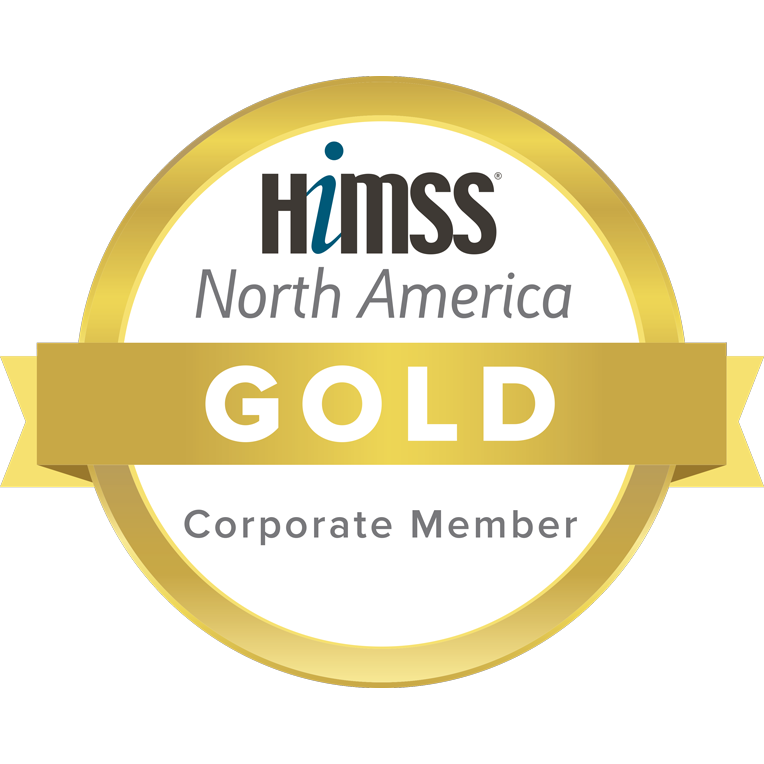Archive Your Data For Increased Savings
Each Fall, iMethods partners with one of its health system clients to host an education summit in that client’s hometown. These invitation-only events bring together healthcare IT leaders from across the country to exchange ideas and share best practices on a host of topics impacting the healthcare organizations they represent. These shared challenges (and opportunities) include those related to technology, workforce management, regulatory requirements, competitive positioning and operational efficiencies, to name a few.
In addition to unparalleled networking, the educational content presented at the Summit is second to none! Industry experts talk about lessons learned and provide a unique frontline perspective on today’s trends, as well as those on the horizon.
See what one of our experts from the Summit (Sidney Dixon, VP/ Chief Applications Officer of Tower Health) has to say. . .
_______________________________________________________________________________________________________________________________________
Archive Your Data For Increased Savings
If there’s one common thread I’ve discovered throughout my career in healthcare, which includes time spent at health systems, health plans and even an 800-pound gorilla health tech company based in Verona, Wisconsin, it’s this–people in healthcare will chase good money after bad.
Case in point: the average health system in the United States has approximately 18 different EMR vendors. One source estimates the cost to implement an EMR in a multi-physician practice is somewhere around $162K, and the cost to maintain it is $85K for the first year. The costs for entire health systems are multiple factors larger. Physician satisfaction for EMRs is stagnant at roughly 50%, with common pain points noted as pathway access, lack of preloaded information and too many clicks.
If your organization has played your hand at the “throw money at technology and see what sticks” game, it may be time to consider consolidating your legacy data before moving to a new EMR.
Why Archive?
Organizations choose to archive for a multitude of reasons, including market consolidation, increased security demands, reduced expenses and alignment with the 21st Century Cures Act. In 2017 Pennsylvania-based Reading Hospital introduced Tower Health as an IDN, part of an aggressive acquisition strategy to acquire five hospitals. This plan included a strategic move to consolidate multiple legacy EMRs at the acquired facilities, such as Cerner Millennium to Epic. On top of this, Tower Health acquired a children’s hospital in August of 2019, adding additional complexities to an already massive undertaking: the need to decommission 303 legacy systems ahead of a February 2021 go-live date.
Select the Right Teammates
A project of this magnitude would have sent many CIOs running, as the list of challenges early on was a mile long–2 years’ worth of data that needed to be consolidated, if we didn’t make the aggressive Epic go-live goal of February 2021, which was right at a year.
We knew we needed to have the appropriate stakeholders at the table. The first step was aligning the proper internal team to execute (and fast.) This required individuals with strong project management skills, demonstrated analyst skills as well as Cerner expertise.
Next up, the relationship with the legacy vendor who had been around for 3+ years with minimal results was terminated. After an extensive search, we selected a tried and true archival partner known for their proven processes, Cerner and other EMR expertise and prowess to truly morph into an extension of the internal team rather than a vendor.
Determine the Risk
Once teams were established it became paramount that we evaluate the risk of each system. This included analyzing factors such as:
- Criticality to operations or clinical care
- Local vs. SaaS/remote
- Vendor support
- Server and OS age/support
- Maintenance costs
The last bullet cannot be understated. Say it costs $1,200 on average per user annually to use your EMR of choice. Now multiply that variable by the number of staff using the system and multiply that new number by the number of EMRs you have in your facility. The cost to maintain systems, particularly legacy systems, can put a big dent in organizational cash flow. At Tower Health, maintenance costs were the final nail in the coffin in our quest to archive.
Weigh the Reward
The road to archiving multiple years of data in a little over a year was not for the faint of heart, but the ROI speaks for itself. Tower Health was able to successfully archive 6.4 million patient records prior to go-live, which amounted to $1.4M in monthly fees avoided. Our 5-year cumulative ROI to date is $1.2M. We have archived 43 million documents and images, 62 data sources and 6TB of discrete data. There is still work to be done, but the bolstered efficiencies in security, cost savings, information release and clinical care quality are unmatched.
Closing Thoughts: Getting Started
At Tower Health, we learned early on to fail fast and get back up again. Here are some closing thoughts on maximizing your EMR data consolidation plan.
- Document, document, document! Establish goals, inventory systems and inform a budget.
- Assemble the right team. Gather the right stakeholders and meet regularly.
- Prioritize legacy applications. While priorities might fluctuate, start with the oldest/most expensive/highest risk systems.
- Follow a repeatable process. This should include a healthy mix of planning with SMEs, data access, extraction, training and decommissioning.
- Maintain the program. There is no gain from doing all of this work and remaining stagnant. Have a dedicated internal resource that maintains the archival effort


